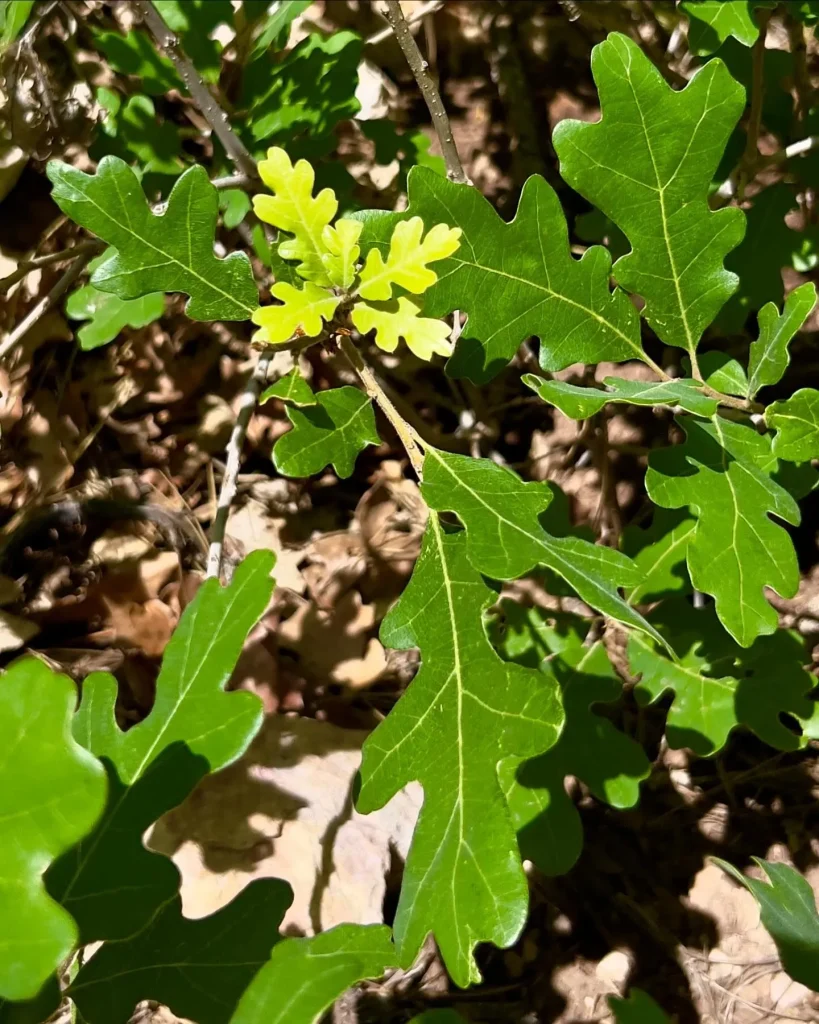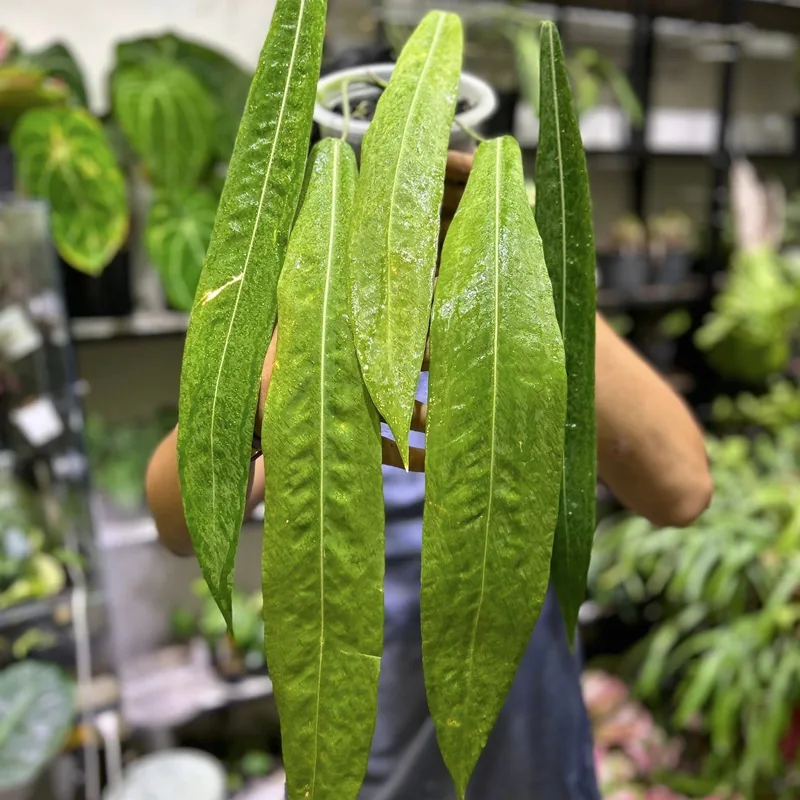Calylophus: FAQs, Care, and More
As a fan of low-maintenance, drought-tolerant plants, I find Calylophus a great addition to any garden. Known for its vibrant yellow blooms and hardiness, it’s one of those plants that both beginners and experienced gardeners can appreciate. I’ve compiled some frequently asked questions about Calylophus to help you better understand this wonderful plant.
What is Calylophus?
Calylophus, often called sundrops, is a small, hardy perennial native to the southwestern United States and Mexico. It belongs to the evening primrose family and thrives in dry, rocky environments, making it a perfect fit for xeriscaping or low-water gardens. The bright yellow, cup-shaped flowers open in the morning and close by evening, creating a lovely, sun-drenched display throughout the day.
How to Care for Calylophus?
Taking care of Calylophus is fairly straightforward. This plant is known for being incredibly low-maintenance, requiring minimal watering and upkeep. Here are some key tips:
- Watering: Calylophus is drought-tolerant and prefers well-drained soil. Water it sparingly, allowing the soil to dry between watering sessions. Overwatering can lead to root rot.
- Sunlight: This plant loves full sun and thrives in hot, sunny conditions. Aim for at least six hours of direct sunlight daily.
- Soil: It prefers sandy or rocky soil with good drainage. Avoid heavy clay or waterlogged soils, which can be detrimental to its health.
- Pruning: Calylophus doesn’t require much pruning, but deadheading the flowers can encourage new blooms and keep the plant looking tidy.
Are Bees Attracted to Calylophus?
Yes, bees are attracted to Calylophus. The bright yellow blooms are not just visually appealing but also serve as a magnet for pollinators. Bees, in particular, love the open, accessible flowers, making this plant a great choice if you want to support local pollinator populations in your garden.
How to Propagate Calylophus?
Propagating Calylophus is a simple process that can be done through seeds or cuttings. Here’s how I do it:
- Seeds: Collect seeds from the plant’s pods after the flowers have faded. Sow them directly in the garden in the spring, and keep the soil lightly moist until germination.
- Cuttings: Take a softwood cutting in late spring or early summer. Remove the lower leaves and place the cutting in moist, well-draining soil. Keep it in a shaded area until it develops roots, then transplant it to its final location.
Can You Grow Calylophus Indoors?
While Calylophus is typically grown outdoors due to its preference for full sunlight, you can try growing it indoors if you provide the right conditions. Place it near a south-facing window where it can receive plenty of direct light, and make sure the soil drains well. However, it’s important to note that this plant may not flower as prolifically indoors as it does in an outdoor environment.
What to Plant with Calylophus?
Calylophus pairs well with other drought-tolerant plants. I recommend combining it with succulents, agave, or lavender for a beautiful, low-maintenance garden. You can also plant it alongside other native species like Gaillardia (Blanket Flower) or Salvia to create a natural, wildflower look. Just make sure that the companion plants also prefer well-drained soil and lots of sunlight to ensure they thrive together.
Is Calylophus Toxic?
Good news for pet owners—Calylophus is non-toxic to humans and animals. You don’t have to worry about your pets nibbling on it. However, as with all plants, it’s still a good idea to keep an eye on them to prevent any unwanted ingestion.
Benefits of Calylophus
Aside from its visual appeal, Calylophus offers several benefits:
- Drought tolerance: It’s a fantastic choice for water-wise gardens, requiring minimal watering.
- Pollinator-friendly: As I mentioned earlier, bees and other pollinators are attracted to its bright flowers, making it a valuable addition to any eco-friendly garden.
- Low maintenance: It doesn’t require much attention once established, so it’s perfect for those who want a beautiful garden without spending too much time on upkeep.
Common Problems with Calylophus
Calylophus is a hardy plant, but like any other, it’s not entirely free of problems. Here are a few issues to watch out for:
- Overwatering: The most common issue is overwatering, which can lead to root rot. Ensure the soil drains well and that you don’t water the plant too frequently.
- Pests: While generally pest-resistant, Calylophus can occasionally attract aphids or spider mites. If this happens, a simple soap and water solution can usually take care of the problem.
- Leggy growth: If the plant doesn’t get enough sunlight, it can become leggy and weak. Make sure it’s planted in a sunny spot to avoid this issue.
Can Calylophus Be Confused with Other Plants?
Calylophus is sometimes confused with other yellow-flowering perennials like Coreopsis or Sundrops (Oenothera). While they share similar characteristics, Calylophus stands out for its drought tolerance and smaller size. The flowers also have a unique cup-like shape that sets them apart from the daisy-like blooms of Coreopsis.
Conclusion
In my experience, Calylophus is an easy-to-care-for plant that adds a bright, sunny touch to any garden. It’s perfect for those looking for a drought-tolerant, pollinator-friendly plant with minimal upkeep. Whether you’re growing it outdoors in full sun or trying your hand at cultivating it indoors, Calylophus is a rewarding plant that brings joy with its cheerful blooms and resilience.




